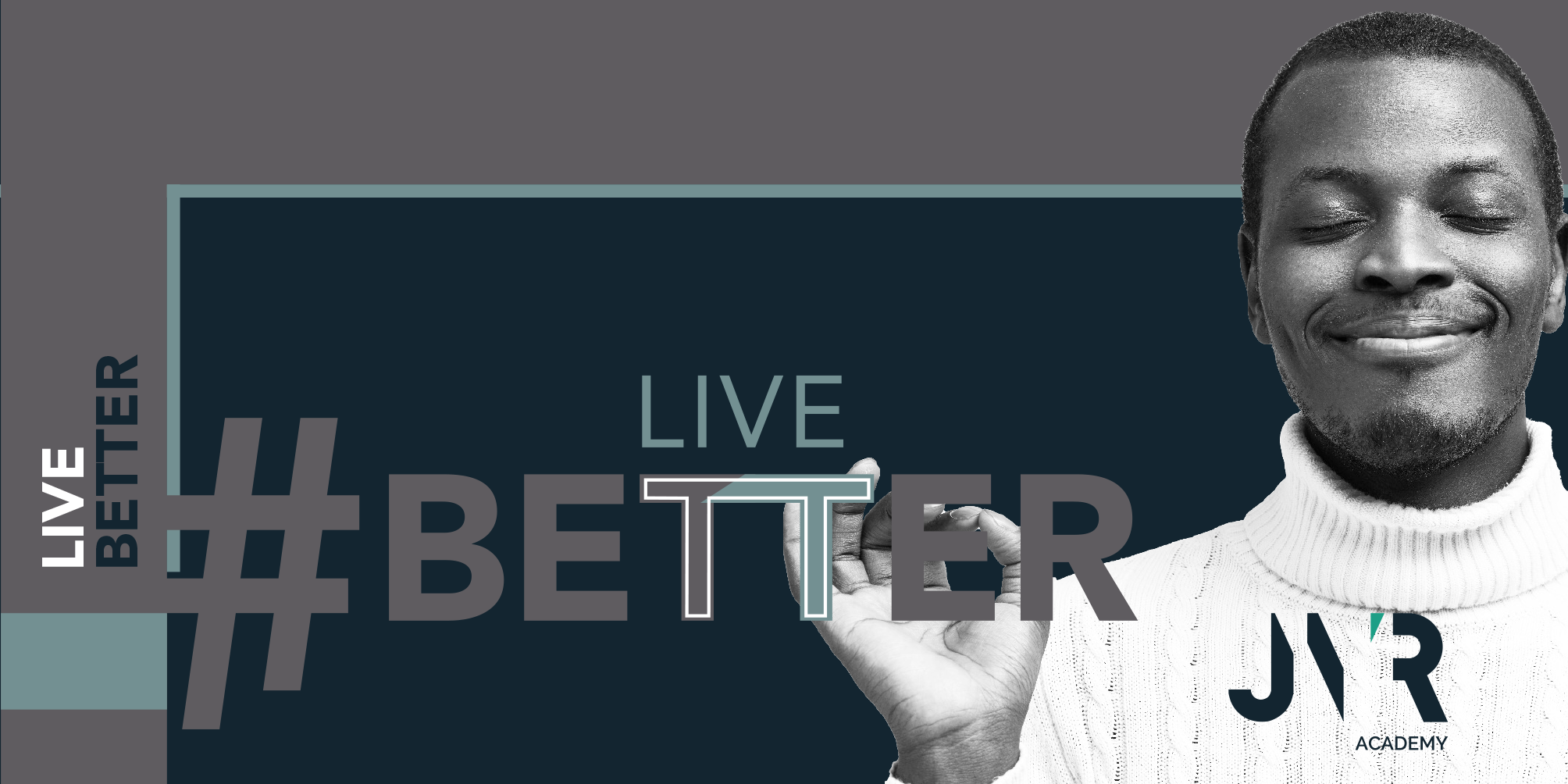In today’s fast-paced, hyperconnected world, work-life balance has become both a buzzword and a personal aspiration. Despite the growing awareness of its importance, many of us still find ourselves answering emails at dinner, skipping workouts, and trading rest for productivity. Even when we know exactly what we should do to improve our work-life balance, we often don’t follow through.
So, what exactly is work-life balance, why is it so elusive, and how can we motivate ourselves to stick to the habits that help us thrive?
What is work-life balance?
Work-life balance refers to the equilibrium between the demands of work and the needs of personal life. It’s about feeling in control of your time and energy, being able to meet professional obligations without sacrificing personal well-being, relationships, and self-care.
It’s important to note that balance doesn’t mean an equal 50/50 split every day. As Stewart Friedman, founder of the Wharton Work/Life Integration Project explains:
"It's about aligning your actions with your values across all domains of life: work, home, community, and self."
Why does it matter?
Poor work-life balance can lead to burnout, reduced productivity, and mental and physical health issues. According to the World Health Organization, burnout is now recognised as an occupational phenomenon, and chronic work stress is one of its key causes.
Conversely, studies have shown that people with better work-life balance report:
Greater job satisfaction (Haar et al., 2014)
Better mental and physical health (Borowiec, 2022)
Higher life satisfaction (Taşdelen-Karçkay et al., 2017)
How to improve work-life balance
Here are some evidence-backed strategies that can help:
Set boundaries
Create clear lines between work and non-work time. That might mean turning off notifications after hours, setting a “shutdown” ritual, or physically separating your workspace.Prioritise and delegate
Use tools like Eisenhower’s Matrix to decide what’s truly urgent and important. Say no to low-priority tasks and delegate when possible.Schedule personal time like meetings
Whether it's exercise, family dinners, or hobbies—put them in your calendar. Treating personal time as non-negotiable helps reinforce its value.Use microbreaks and recovery rituals
Short, regular breaks improve concentration and reduce fatigue (Fritz et al., 2011). Even a 5-minute walk or deep breathing exercise can reset your mental state.Negotiate flexibility
If possible, explore hybrid work arrangements or flexible hours. Studies show flexible work can reduce stress and improve performance (Bloom et al., 2015).
But here’s the catch: Knowing isn’t doing
Most of us already know what we could do to feel more balanced—less screen time, more sleep, clearer boundaries. But we often fall short of implementing those changes consistently. Why? Behavioural science offers some clues:
We’re creatures of habit
Changing ingrained patterns takes more than willpower—it takes design. As James Clear, author of Atomic Habits, writes:
“You do not rise to the level of your goals. You fall to the level of your systems.”
Creating routines and environmental cues makes it easier to sustain new behaviours. For example, leaving your laptop in a drawer after 6 p.m. removes a visual trigger to keep working.
Short-term rewards win
We’re wired to favour immediate gratification over long-term benefits. Watching Netflix now beats sleeping early for tomorrow’s productivity. Behavioural economist, Dan Ariely suggests “reward substitution”—finding an immediate payoff for a healthy habit, like listening to your favourite podcast while going for a walk.
Lack of accountability
When we try to do it alone, motivation often fades. Supportive structures like accountability partners, manager check-ins, or well-being groups at work can help maintain focus and momentum.
How to motivate yourself to follow through
Here are some practical ways to bridge the gap between intention and action:
Start small and build momentum
Choose one tiny habit (e.g. no email after 8 p.m.) and commit for a week. Small wins increase confidence and set the stage for bigger changes.
Track progress
Use a journal or app to monitor how often you follow through. Seeing progress reinforces positive behaviour.
Connect to your values
When habits align with what matters to you—family, health, creativity—they become more motivating. Ask yourself: What kind of life do I want to be living?
Celebrate successes
Recognise and reward yourself when you stick to your new habits. Celebrating progress builds emotional investment and positive reinforcement.
Final thoughts
Improving work-life balance isn’t just about time management—it’s about energy and intention. It’s also not a one-time fix, but an ongoing practice of making conscious choices that reflect your priorities.
So yes, you may already know what to do. instead of waiting for the perfect time or a surge of motivation, start with one small shift today. Design your environment to support you. Get support. Celebrate your wins.
References
Bloom, N., Liang, J., Roberts, J., & Ying, Z. J. (2015). Does working from home work? Evidence from a Chinese experiment. The Quarterly Journal of Economics, 130(1), 165–218. https://doi.org/10.1093/qje/qju032
Borowiec, A. A., & Drygas, W. (2022). Work–life balance and mental and physical health among Warsaw specialists, managers and entrepreneurs. International Journal of Environmental Research and Public Health, 20(1), 492.
Clear, J. (2018). Atomic habits: An easy & proven way to build good habits & break bad ones. Avery.
Fritz, C., Lam, C. F., & Spreitzer, G. M. (2011). It’s the little things that matter: An examination of knowledge workers’ energy management. Academy of Management Perspectives, 25(3), 28–39. https://doi.org/10.5465/AMP.2011.63870145
Haar, J. M., Russo, M., Suñe, A., & Ollier-Malaterre, A. (2014). Outcomes of work–life balance on job satisfaction, life satisfaction and mental health: A study across seven cultures. Journal of Vocational Behavior, 85(3), 361–373. https://doi.org/10.1016/j.jvb.2014.08.010
Taşdelen-Karçkay, A., & Bakalım, O. (2017). The mediating effect of work–life balance on the relationship between work–family conflict and life satisfaction. Australian Journal of Career Development, 26(1), 3-13. https://doi.org/10.1177/1038416216682954
World Health Organization. (2019, May 28). Burn-out an “occupational phenomenon”: International Classification of Diseases. https://www.who.int/news/item/28-05-2019-burn-out-an-occupational-phenomenon-international-classification-of-diseases
Share this post
Newsletter
Get up-to-date industry news right in your inbox



